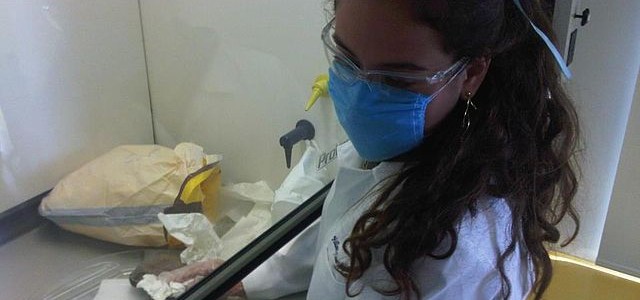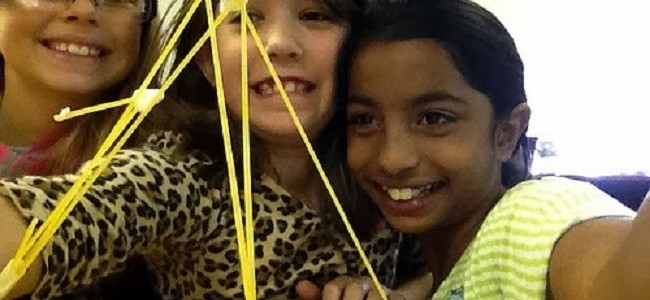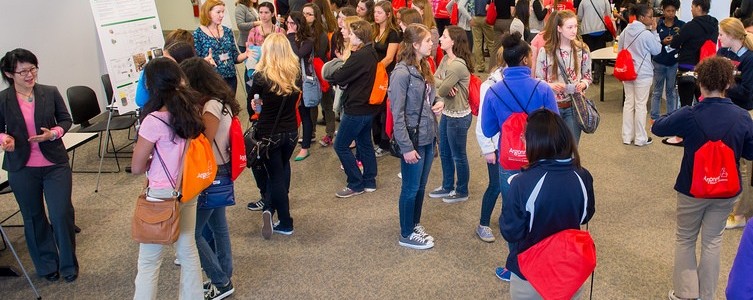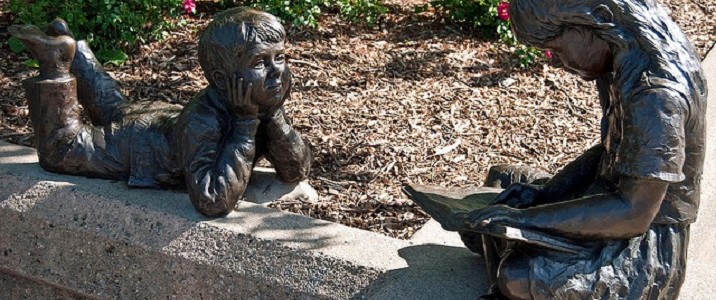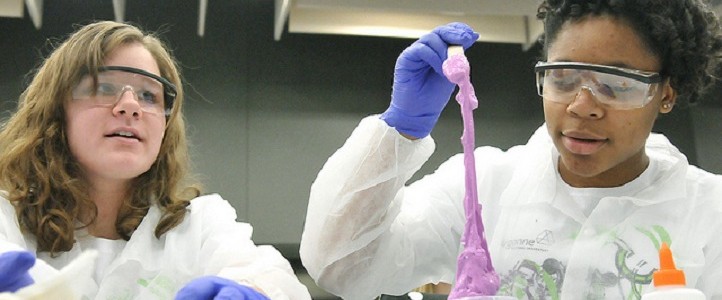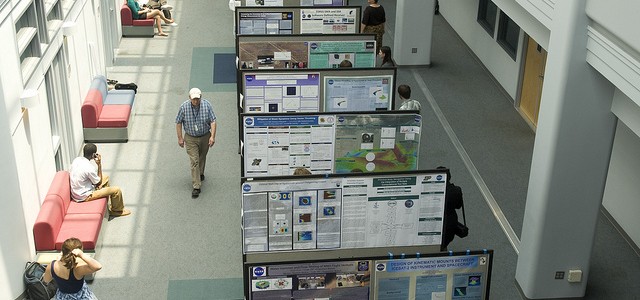These descriptions of the STEM educational experience for Mexican women sound remarkably like those given by American interviewees in the study, Talking about Leaving: Why Undergraduates Leave the Sciences, by Seymour and Hewitt. While it’s unfortunate that stereotyping of women in STEM is seemingly widespread, we should consider that we have other countries to look to for advice and collaboration. I’ll be searching for and sharing examples of successful international programs that support young women in STEM majors by challenging persistent stereotypes of females.
Image attribution: “A medical student working at the laboratories of ITESM CCM during the PreHealth course,” by Hillary411K, 2013. CC-BY-SA-3.0 (http://creativecommons.org/licenses/by-sa/3.0)


